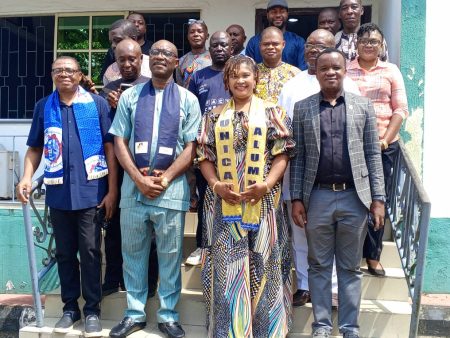For more than 15 years now, international students have been able to come to Canada, complete any type of post-secondary programme, and then be eligible for an open work permit on graduation.
This policy, the Post-Graduation Work Permit (PGWP), has been a major driver of the significant growth in Canada’s foreign enrolment over the last decade. And it explains in part the large share of that enrolment that is distributed across one or two-year post-graduate diplomas or in college programmes of similar length.
The last time the PGWP policy was significantly changed was in 2008, at which point the programme expanded to allow foreign graduates to gain an open work permit for up to three years, depending on the length of their programme of study. There have been no restrictions on location or programme of study, nor are there any requirements in terms of a job offer or minimum income threshold.
It appears, however, that change is on the near horizon for the PGWP. An internal IRCC briefing document reports that, “PGWP [participation] increased by 214% in 2023 compared to 2018.”
The brief notes as well that, “Work is underway to re-align the program to better meet targeted labour market needs and immigration objectives…The goal of re-aligning labour market needs is to facilitate access to work permits for students entering occupations in shortage, while reducing access for graduates from other programs. This could have a significant impact on the volume of international students and PGWP holders, if stringent tapering is applied to programs with lower labour market relevance. Advice on this issue will be provided to the Minister in spring 2024, with the goal of implementing changes in January 2025.”
Immigration Minister Marc Miller has made public statements to similar effect in recent months, and is clearly signalling his intent to reform the PGWP programme – in particular to better align it with labour market needs in Canada.
It is unclear what shape those reforms may yet take, but one of the options available to the Minister would be to cap, or otherwise limit, PGWP participation in some way. Other informed observers have suggested that new PGWP settings could result in shorter post-graduate work terms for areas of lower labour market demand alongside longer periods of work for fields that are better aligned with Canada’s labour needs.
Now we’ll have the consulting
Immigration, Refugees and Citizenship Canada (IRCC) recently circulated a survey to provincial and territorial governments to consult on the anticipated PGWP reforms. The survey was subsequently distributed among peak bodies in Canada, and, in some cases, to their member-institutions.
The survey document sets out that the purpose of the pending reforms is to, “Align PGWP eligibility with labour market needs while reducing the overall volume of PGWP holders, and increasing the likelihood that international students have labour market outcomes commensurate with their education and training.”
It asks respondents to provide input on eight key questions, each of which offers some insight as to IRCC’s thinking around the future shape of the PGWP programme.
- “If PGWP eligibility were restricted based solely on occupations in shortage, and corresponding programmes of study, which occupations should be included based on the needs in your area?
- What, if any, cohorts should be exempted from these changes, such as francophone students or graduate degree programmes or others? Please indicate the rationale.
- Should international students be required to demonstrate proof of a job offer aligned with the occupational shortage list in order to hold a PGWP beyond one year?
- Should any other eligibility criteria (language, provincial support, etc.), apart from a job offer, be applied to PGWP holders seeking to extend their permit past one year.
- What is your view of applying these labour market-based changes to PGWP eligibility to all graduates upon announcement this year, rather than grandfathering students who are already studying in Canada at the time of implementation?
- How often should the occupational shortage list be revised, and at what point thereafter should it be applied to students whose study is underway?
- Do changes to the PGWP being explored align with the profile of candidates you’d like to remain working in your jurisdictions in the long term?
- Is your [Provincial Nominee Programme] positioned to offer a viable pathway to permanent residence for international graduates with job offers in these key sectors?”
The survey has drawn considerable attention from international educators and stakeholders, both in Canada and abroad. Question #5 above has proven to be especially inflammatory in conversations among colleagues as the survey was circulating. It suggests that changes to PGWP could be brought into immediate effect, including for students already enrolled in or about to graduate from their programmes in Canada.
Needless to say, such a move would rise to a new level of recklessness for policy makers in Canada. In a year of challenging market signals, with considerable confusion and uncertainty already introduced for students and their families, any PGWP changes introduced with immediate effect would be extremely damaging to Canada’s brand as an international study destination. This would not only have a profound impact on foreign enrolment in Canada, but would also undermine Canada’s position on the global stage, and its ability to attract the skills and talents of the world’s students.
There is every indication that the policy settings already introduced by the Canadian government, notably the enrolment cap, are already pushing applications volumes and enrolments down this year to a significant degree. This moment calls for extraordinary care going forward as any further policy changes risk undermining one of the country’s top export sectors, and placing the industry in a position from which it could take years to recover.
For additional background, please see:
Source

